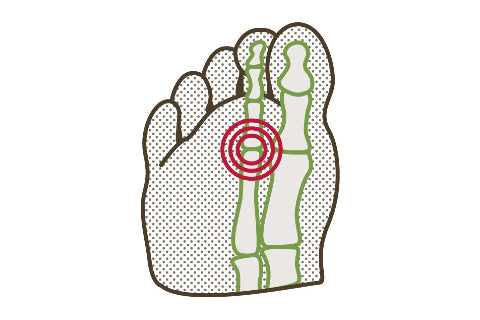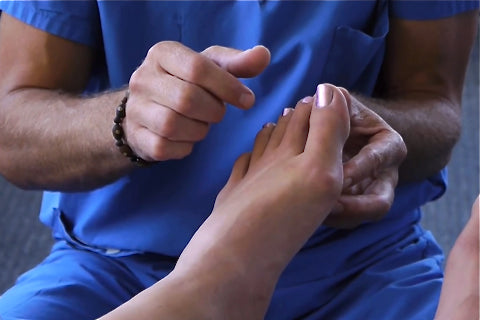Capsulitis

Ligaments surround joints, including the toe joints, and help form joint capsules. Joint capsules help protect the joints and allow them to function properly. Capsulitis—inflammation of a joint capsule—is a common problem in certain parts of the body, especially the shoulders and feet, and it may cause significant discomfort. This health problem can, over time, lead to toe dislocation if it’s not treated properly.... Read more












